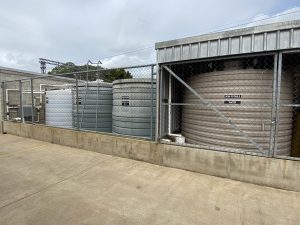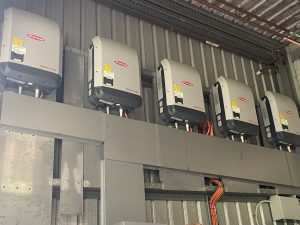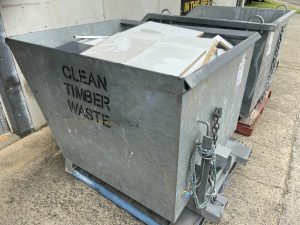Steel is one of the most recyclable products that we have
ever used. From the moment is it produced, Steel can be melted back down time
and time again to create new steel products for the industry to use. This
recyclability means that our waste products have an almost endless life ahead
of them.
During the time the steel is in our factory, we aim to get
as much value out of it as possible. Our process starts by optimising how we
use our steel before it is processed. Our experienced operators collate work
and ensure that we make the most of every length. During this phase, between 93
– 95% of the material is used to produce new items.
The remaining waste steel is then split into two distinct
paths. The first path is thankfully the smallest. When our saws cut the steel,
they produce a by-product called swarf. Swarf is the metal ‘chips’ that are carved
away from the steel in the cutting process. It becomes covered in a layer of cutting
oil and other debris from the process. The unfortunate thing is when, Swarf is melted
it tends to burn rather than melt – which is an issue, as this can get a little
too exciting and explode in the smelter. Thankfully, less than 0.1% of the
material is lost this way.
The second path is a little more forgiving! The scrap steel that’s
generated from offcuts is placed and stored in large scrap steel bins to await
collection. With the offcuts, other pieces of steel such as old jigs and non-compliant
items are placed to be recycled. When the bin is full, A recycling truck picks
up the bin full of steel to head toward its next life. The best part of this is
that there is value in the scrap provided and that returns to Page in the form
of credit. That credit is then returned to assist with the cost of the product,
and the end price of your project.
Other metals also benefit from this same system. Although we
work with them much less, Stainless Steel, Aluminium, and Brass as utilised here
from time to time. The waste from these metals is then stored in smaller 44
Gallon drums which, when full, will follow a very similar life cycle to the Steel.
At the end of the day, we make the most of what we can with the materials we
process. This helps us do the right things for our customers and for the environment
we live in.


